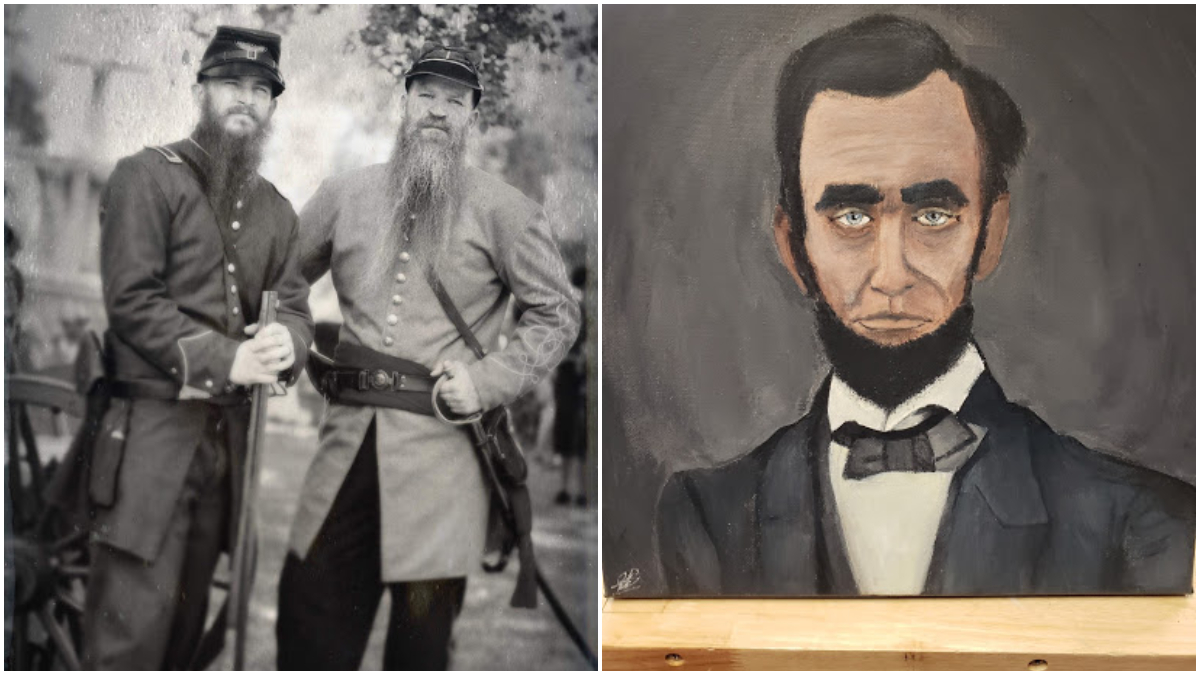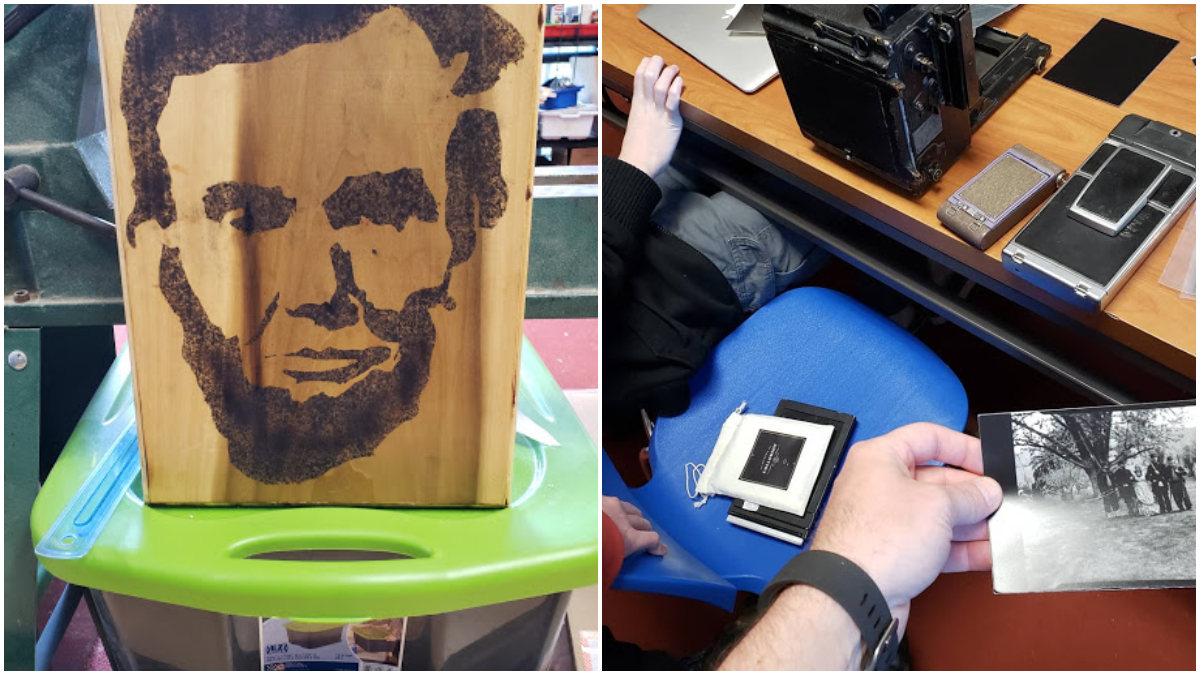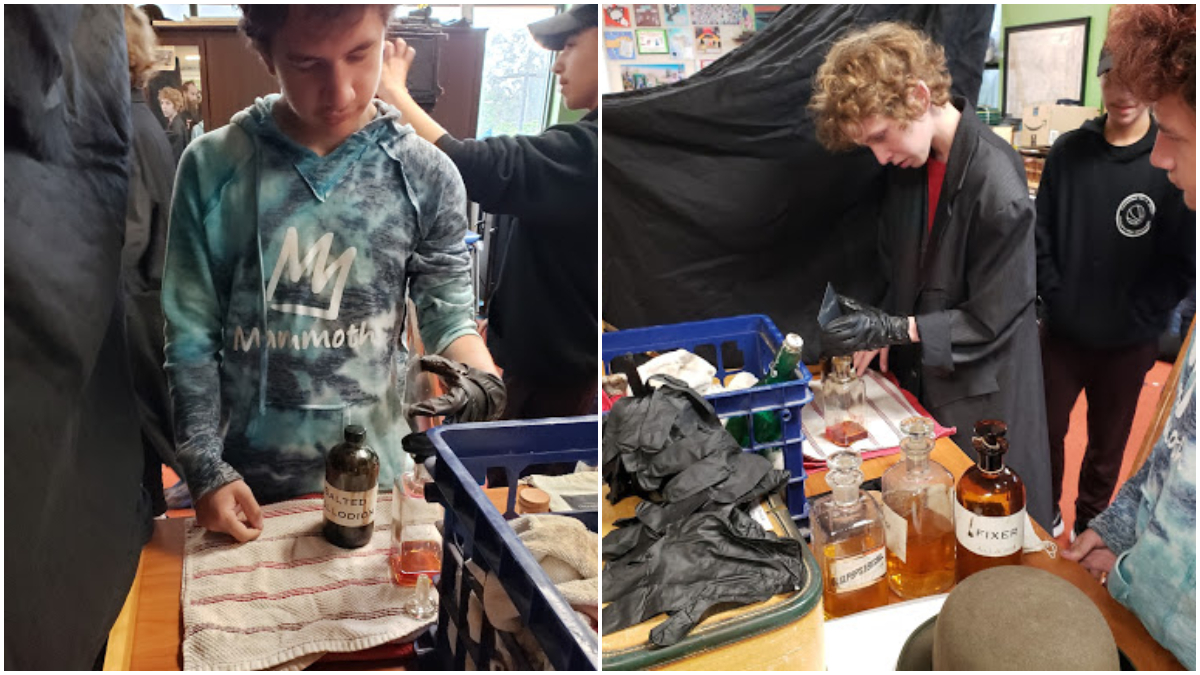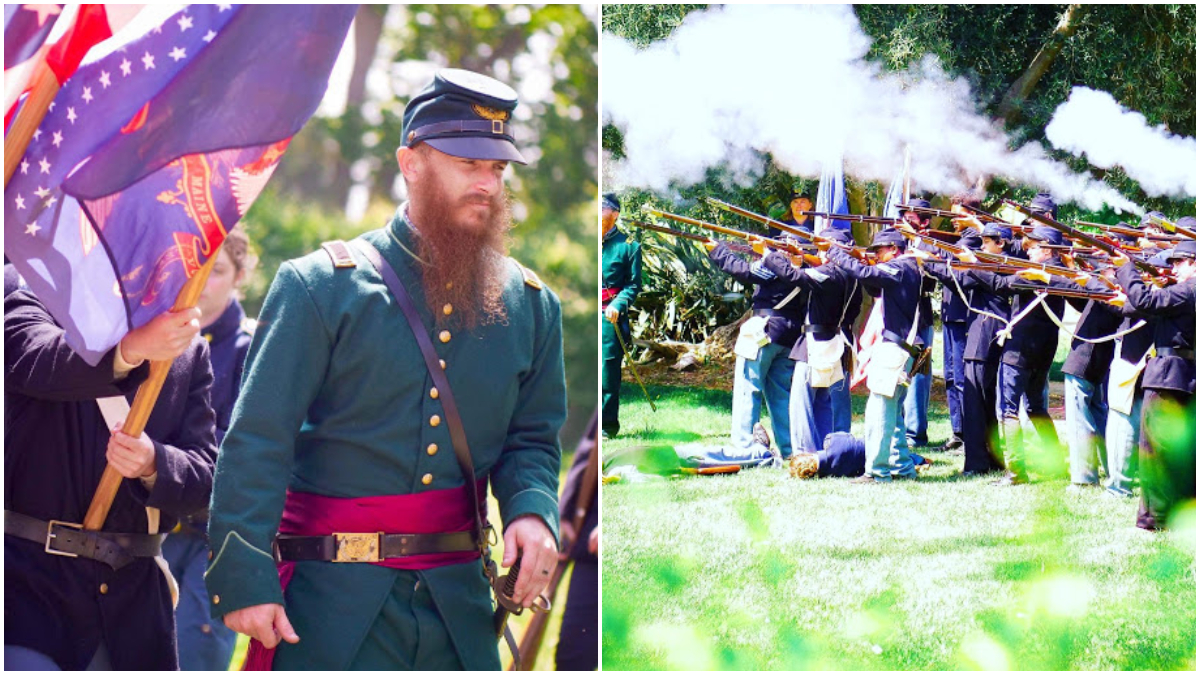Living History: An SCVi Legacy Project

By Michael Niehoff
Education Content Coordinator at iLEAD Schools
History teachers strive to make the past come alive for their learners. At SCVi, 8th grade facilitators Dustin Lengning and Keith Faulkner do just that. Annually, they embark on the Living History Project. Recently, Dustin Lengning shared why this project is one of the most successful with learners, facilitators, and the community.
WHAT IS THE LIVING HISTORY PROJECT?
“First, the learners investigate the broad scope of the Civil War and events leading up to it. Gradually, each learner narrows their focus to a specific aspect they are interested in academically. The second focus is the production of the Living History Day event. Learners are responsible for producing the day that they will also act in. This has many different aspects to it, including but not limited to, scheduling, fundraising, promoting, and set design. Skills learners build include social-emotional development, problem-solving, group work, communication, and entrepreneurship.”

WHAT ARE THE FINAL PRODUCTS LEARNERS PRODUCE?
“Learners immerse themselves and the public in a day set in the Civil War era. First, they themselves are a final product. They create their persona throughout the course of the project and then become that person at the living history event. In addition to history, they also look into the science behind the important innovations of the 19th century and re-create those innovations. They also create 19th-century products to be sold in our sutlery (general store).”
WHY IS THE LIVING HISTORY PROJECT SO SUCCESSFUL?
“This project is successful mostly because of the enthusiasm the learners have for it. The whole school is bussed over to our event, and it generates excitement when these learners enter 8th grade. Parents also look forward to this event each year, especially when their own children are involved.”

WHAT DO THE LEARNERS ENJOY ABOUT THIS PROJECT?
“This really depends on the learner you ask, as there are so many different aspects to this project. The options available to learners are a big part of their engagement and enjoyment. However, they also find it pure fun. There is a little competitive nature as well. Each year, the class tries to make their event better than the last one.”
WHAT DO YOU AS FACILITATORS ENJOY ABOUT THIS PROJECT?
“We enjoy this project because our learners enjoy it. Seeing their enthusiasm and excitement keeps us engaged as well.”
AN SCVi LEGACY PROJECT
According to Dustin Lengning, Keith Faulkner, and their colleagues, the Living History Project is an SCVi Legacy Project for the following reasons:
- It’s accessible to all learners.
- It begins with design thinking by deconstructing history. Using a modern lens and empathy, learners examine life during that time and conduct mock interviews with historical figures.
- It has a strong leadership element, with learners digging into their personal areas of interest and passions, identifying their own focus areas, creating and designing teams.
- It has an international lens. Learners discuss, compare, and contrast trends around the world.
- Entrepreneurship: All teams work on entrepreneurship. Each child designs a product that should be advertised, appropriately patented, marketed, and sold. Each learner discusses blueprints, finances, budgets, and revenues.
- Arts: All learners begin with sketching their ideas, prototyping, and revising. Then they make costumes, weapons, time-related beauty products, food, and more.
Lengning and Faulkner are both very proud that the Living History Project has become such a staple in the learning tradition for SCVi learners, families, and the community. They plan to continue to implement and grow this important project for all their learners.
“It gives learners the opportunity to apply skills needed in life. They learn to fail, revise and calibrate. It’s a lifelong investment in personal growth,” said Lengning. “This is one of the most equitable projects ever designed, as all learners participate to their full capacity. There is an entry-level project for all learners and an opportunity to learn, develop, and showcase their growth.”
For more information about the Living History Project, please contact SCVi facilitators Dustin Lengning (dustin.lengning@scvi-k12.org) and Keith Faulkner (keith.faulkner@scvi-k12.org).


